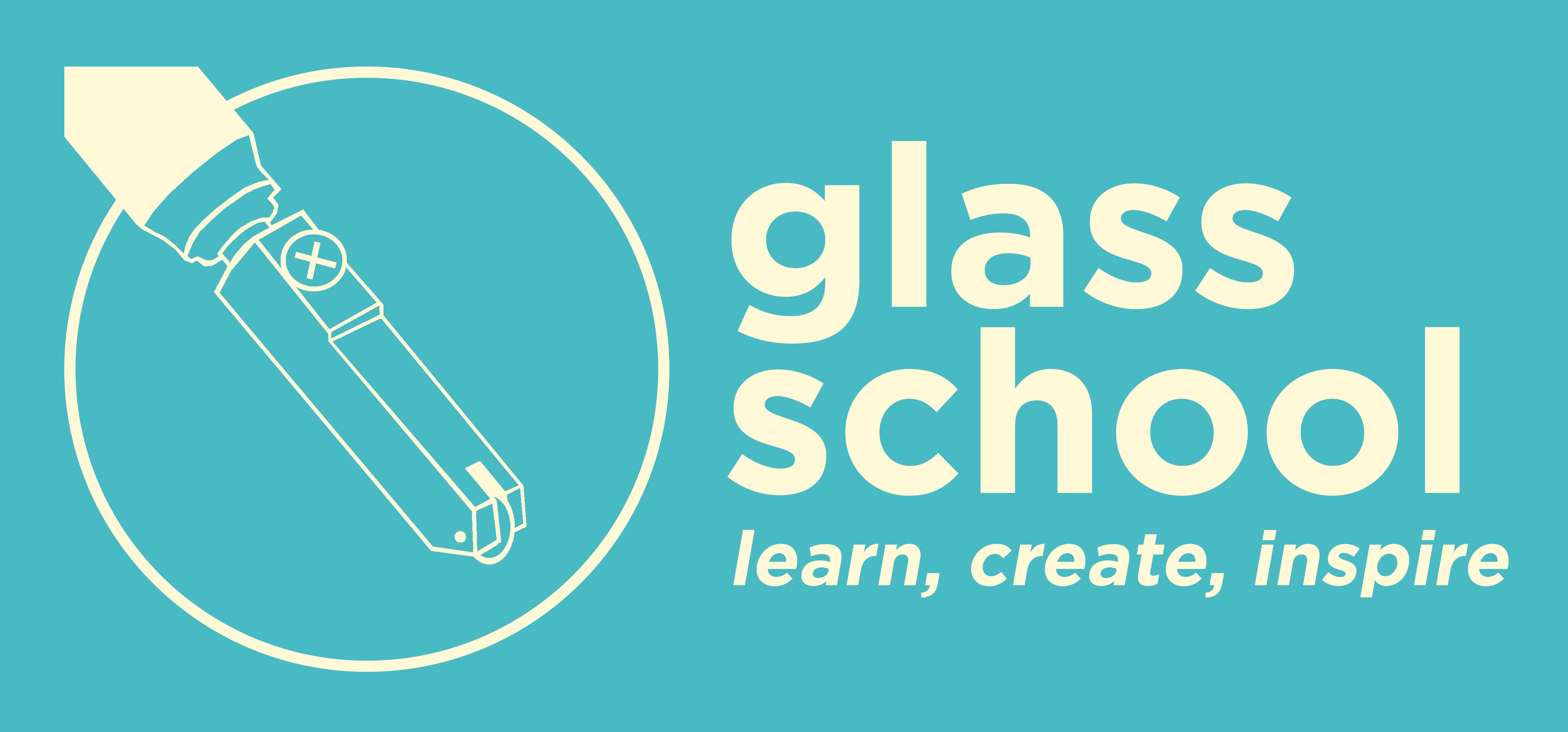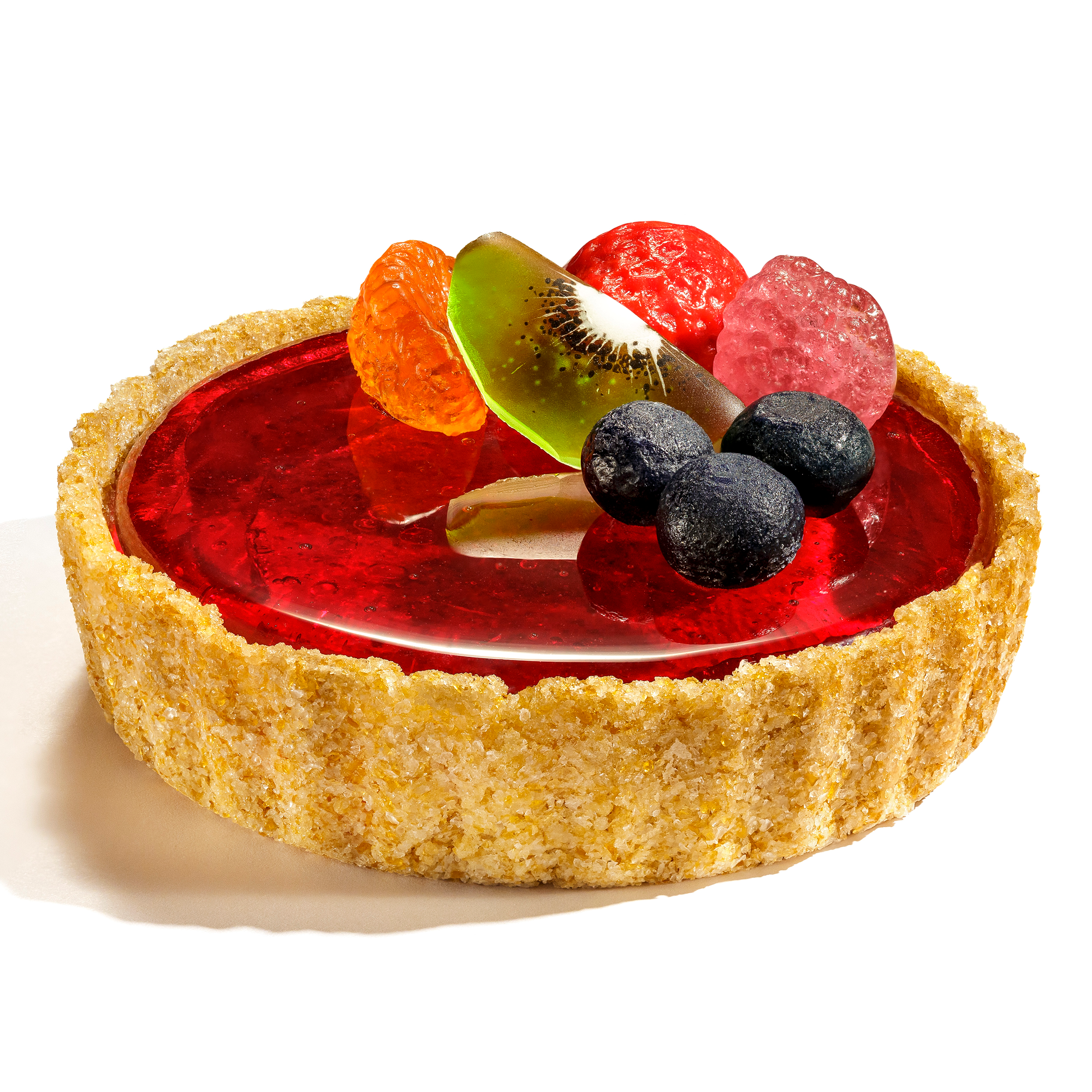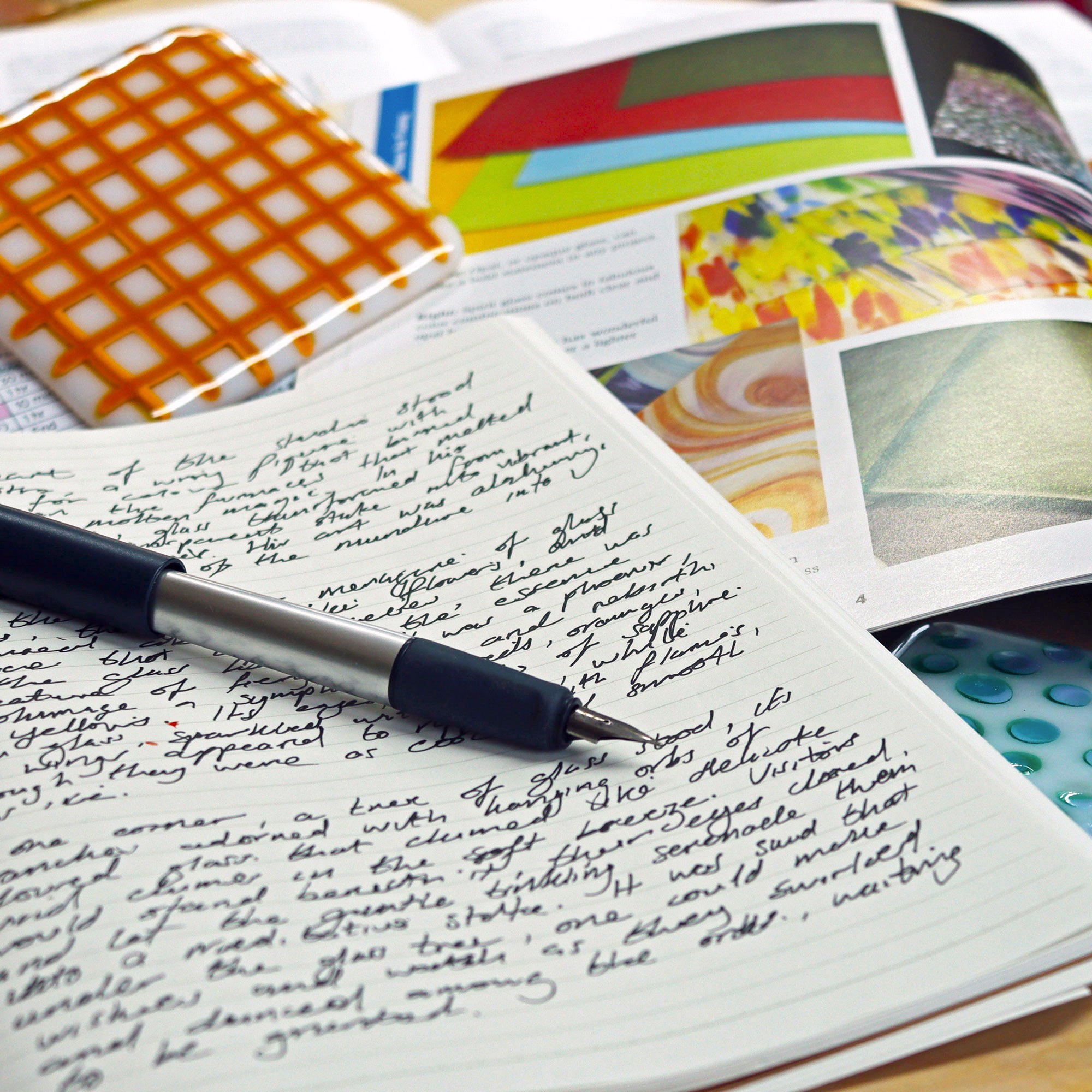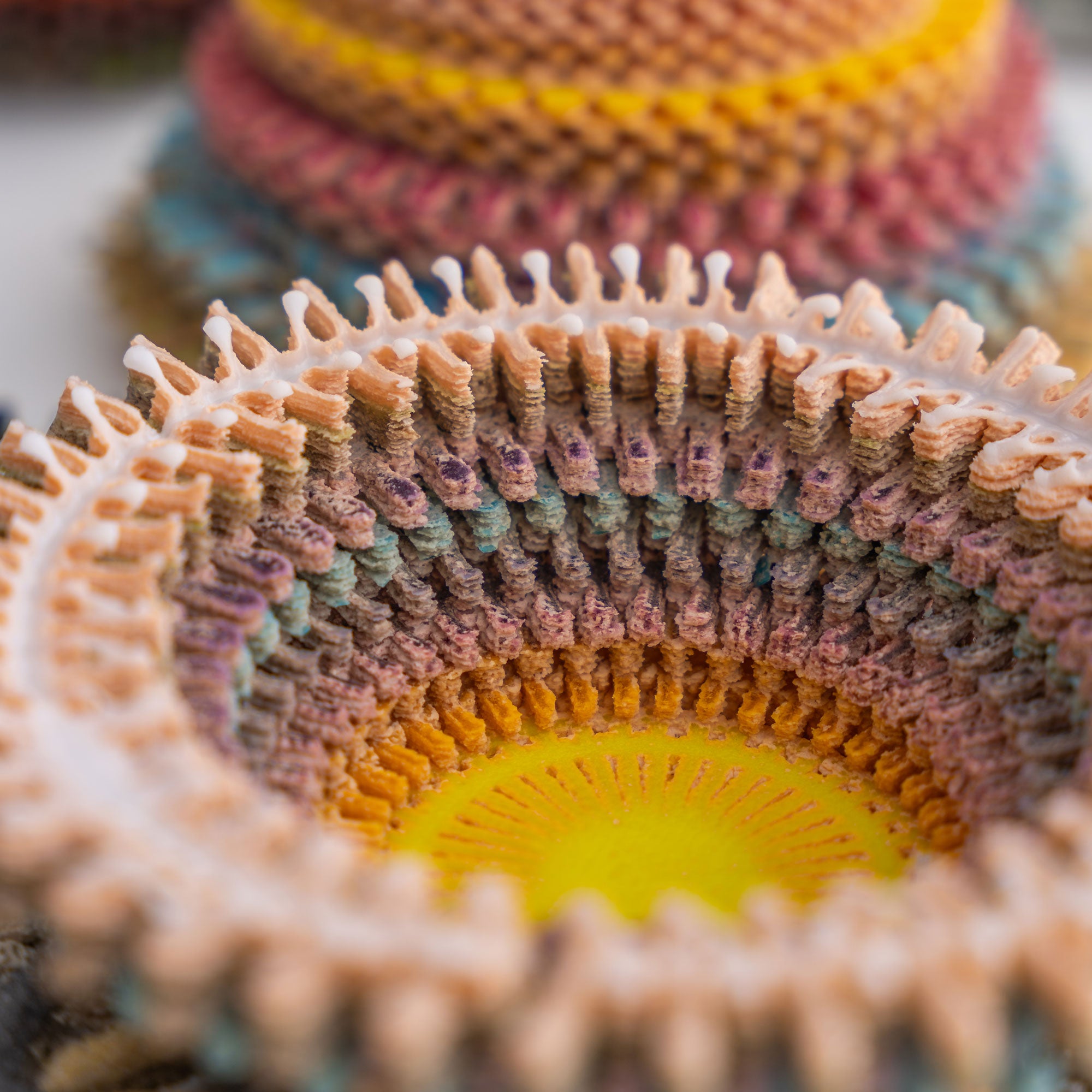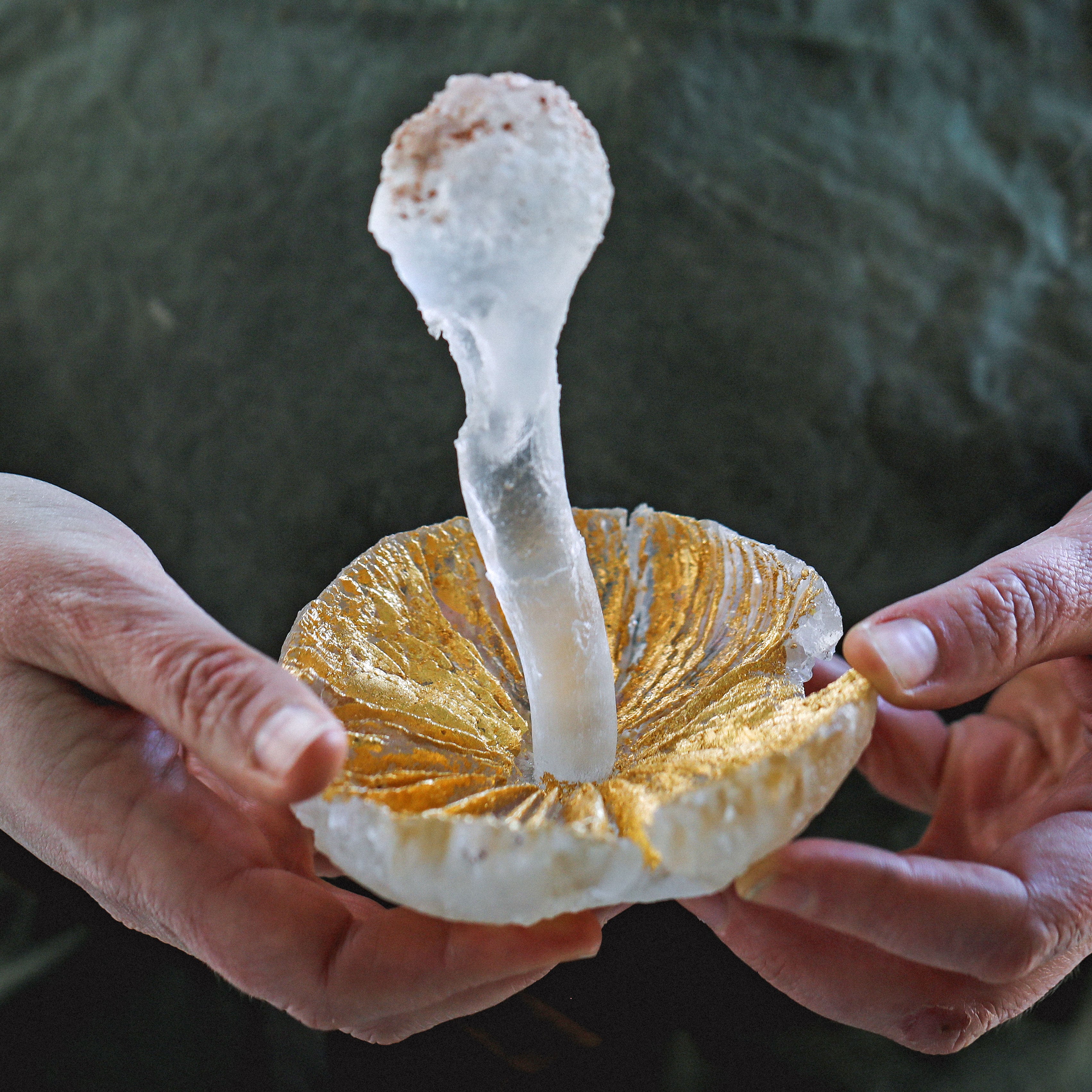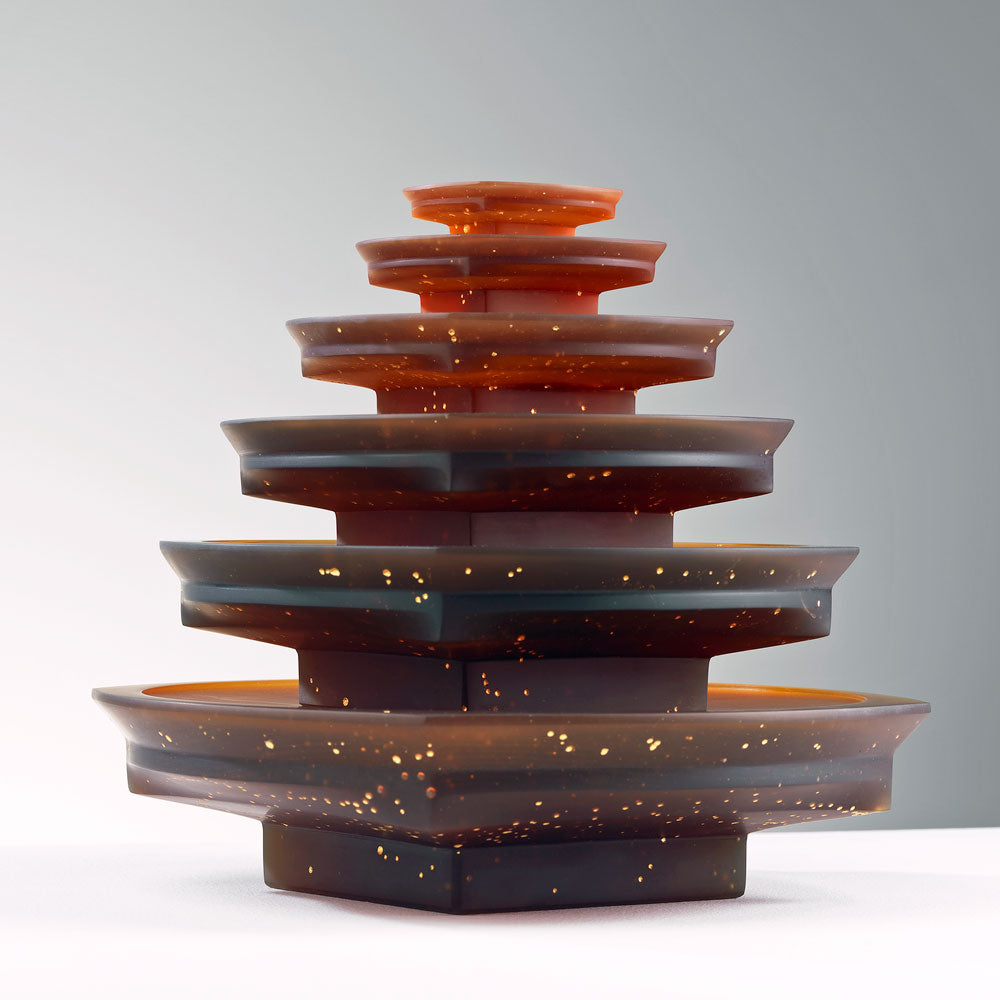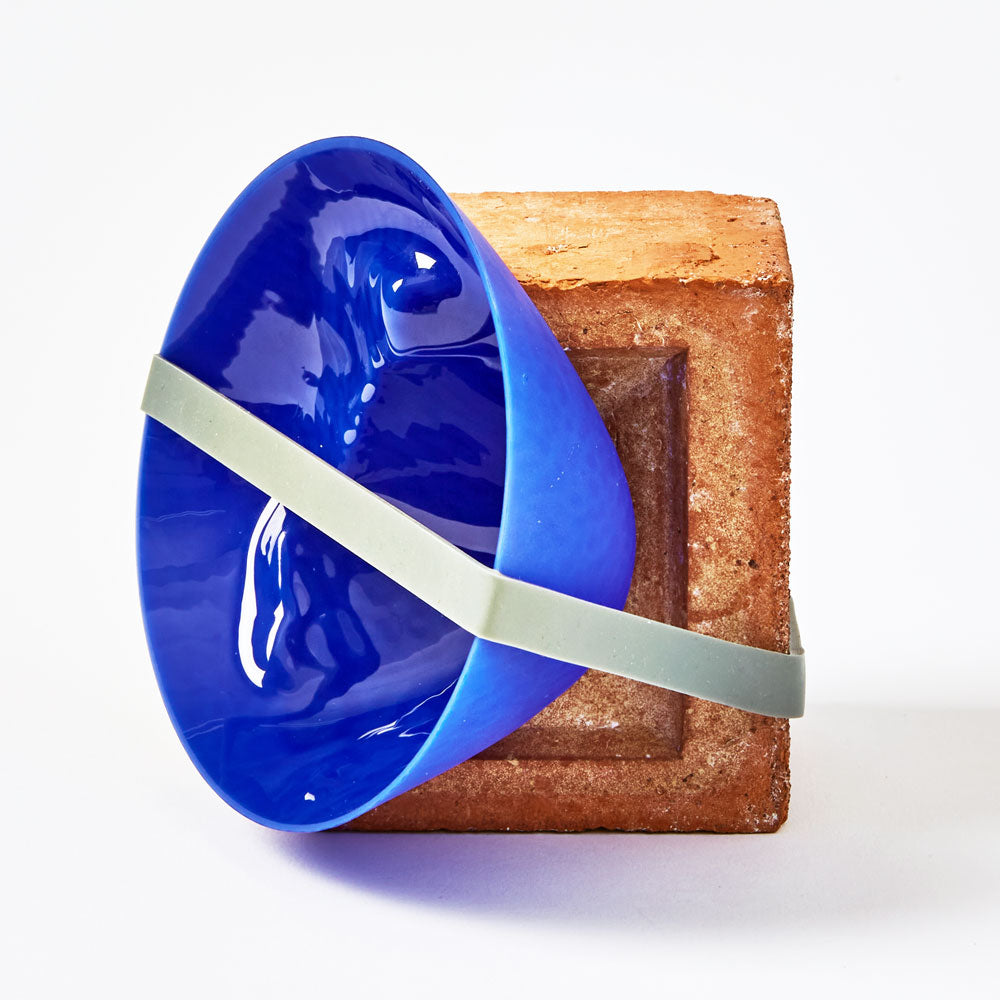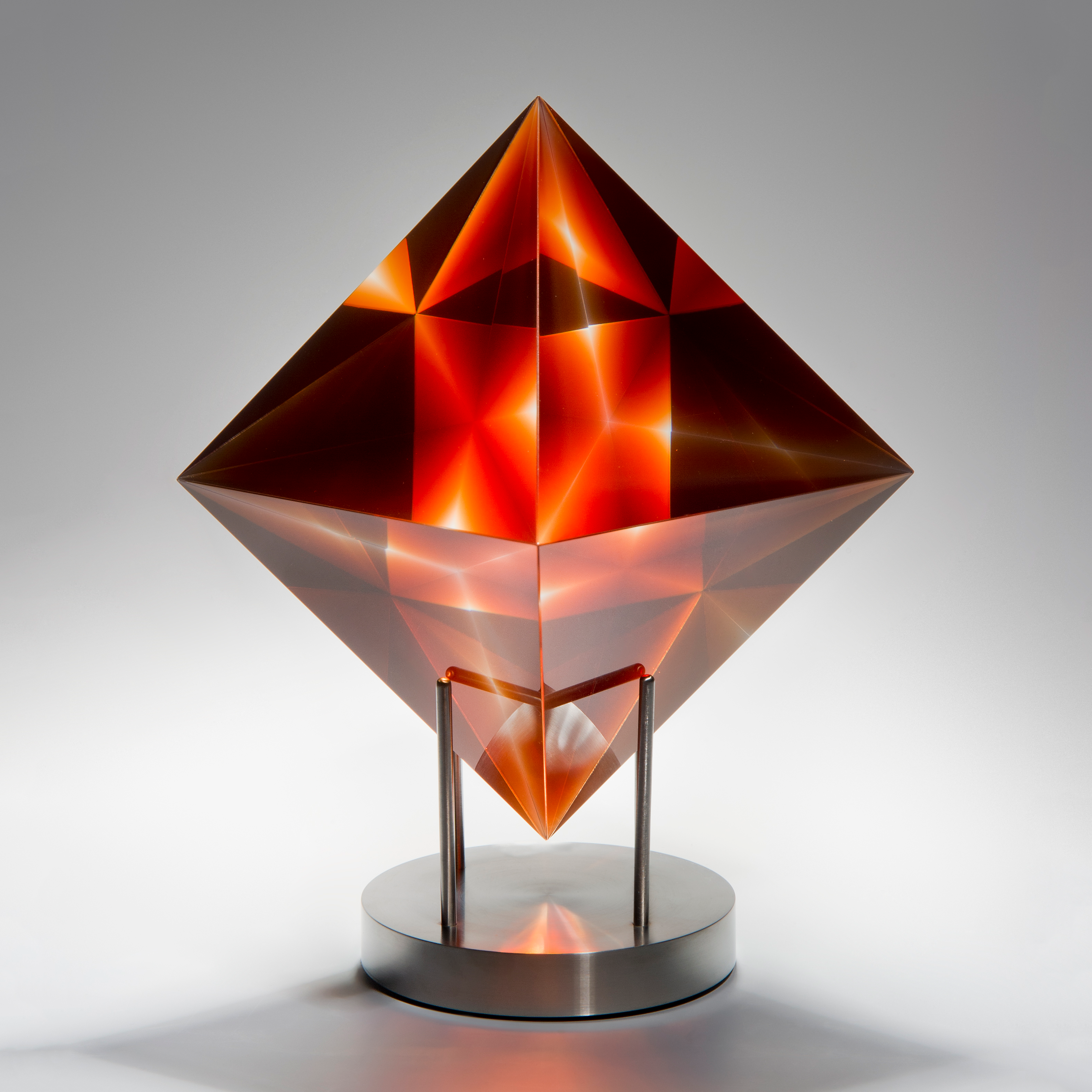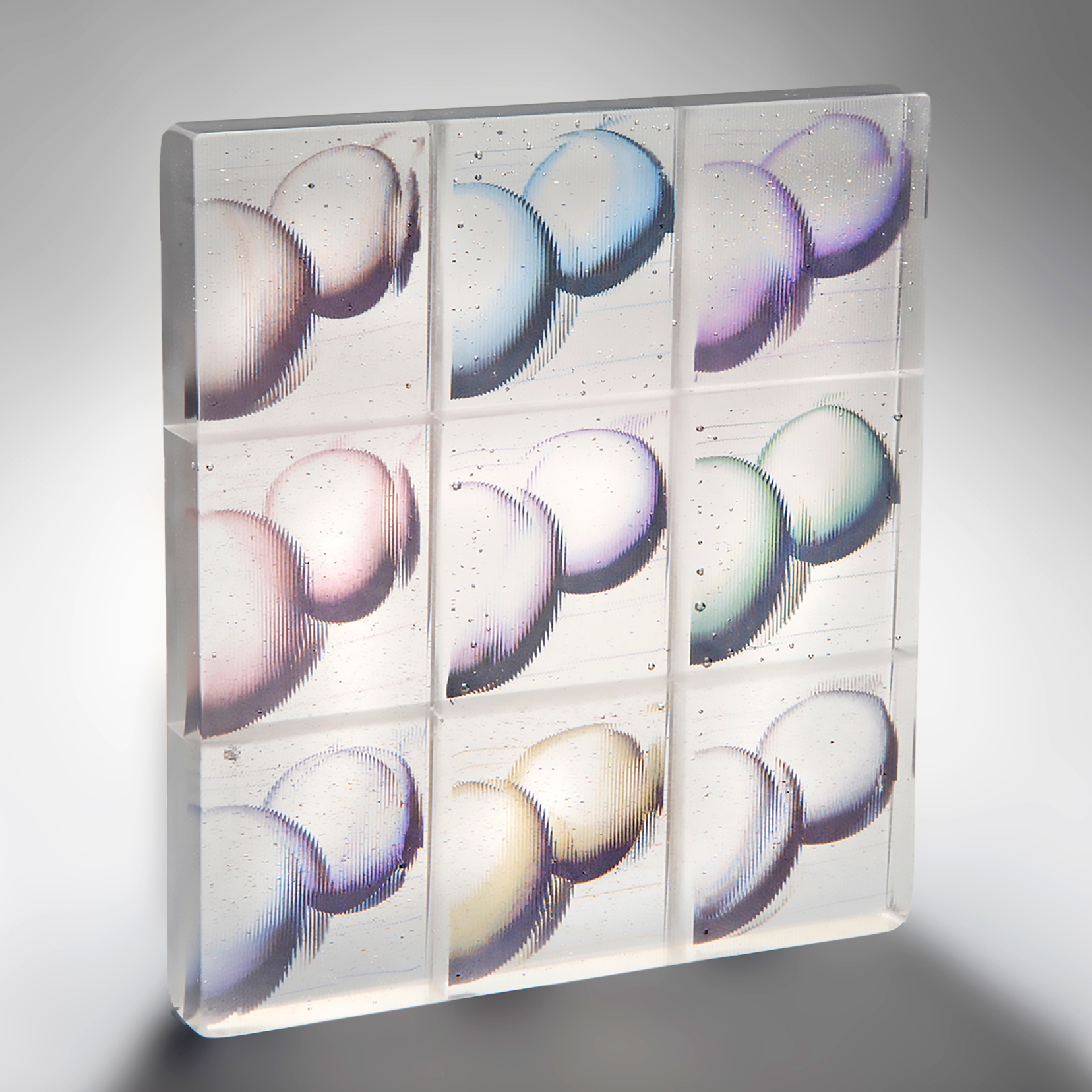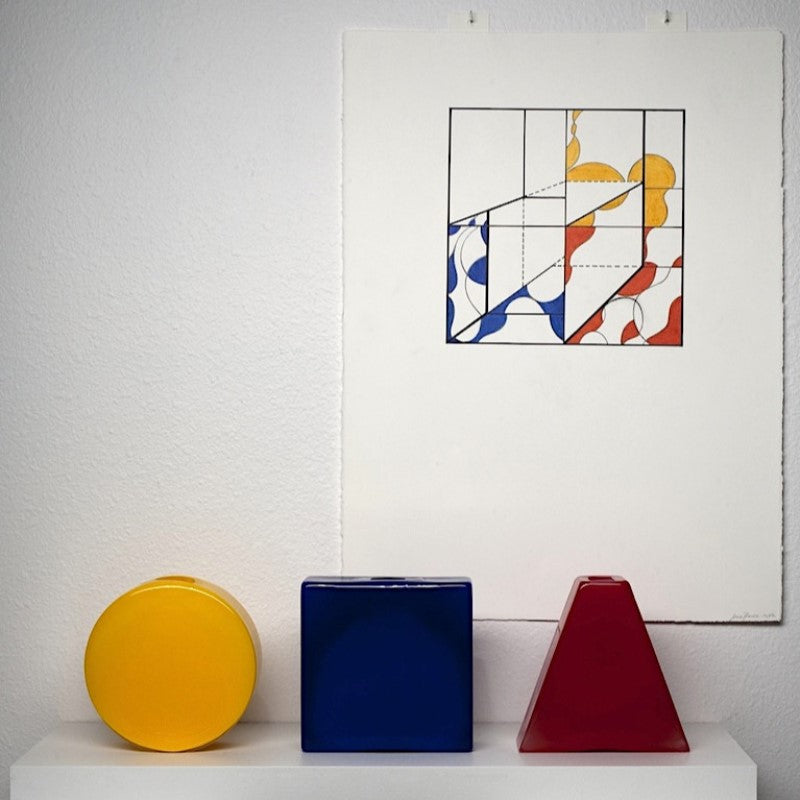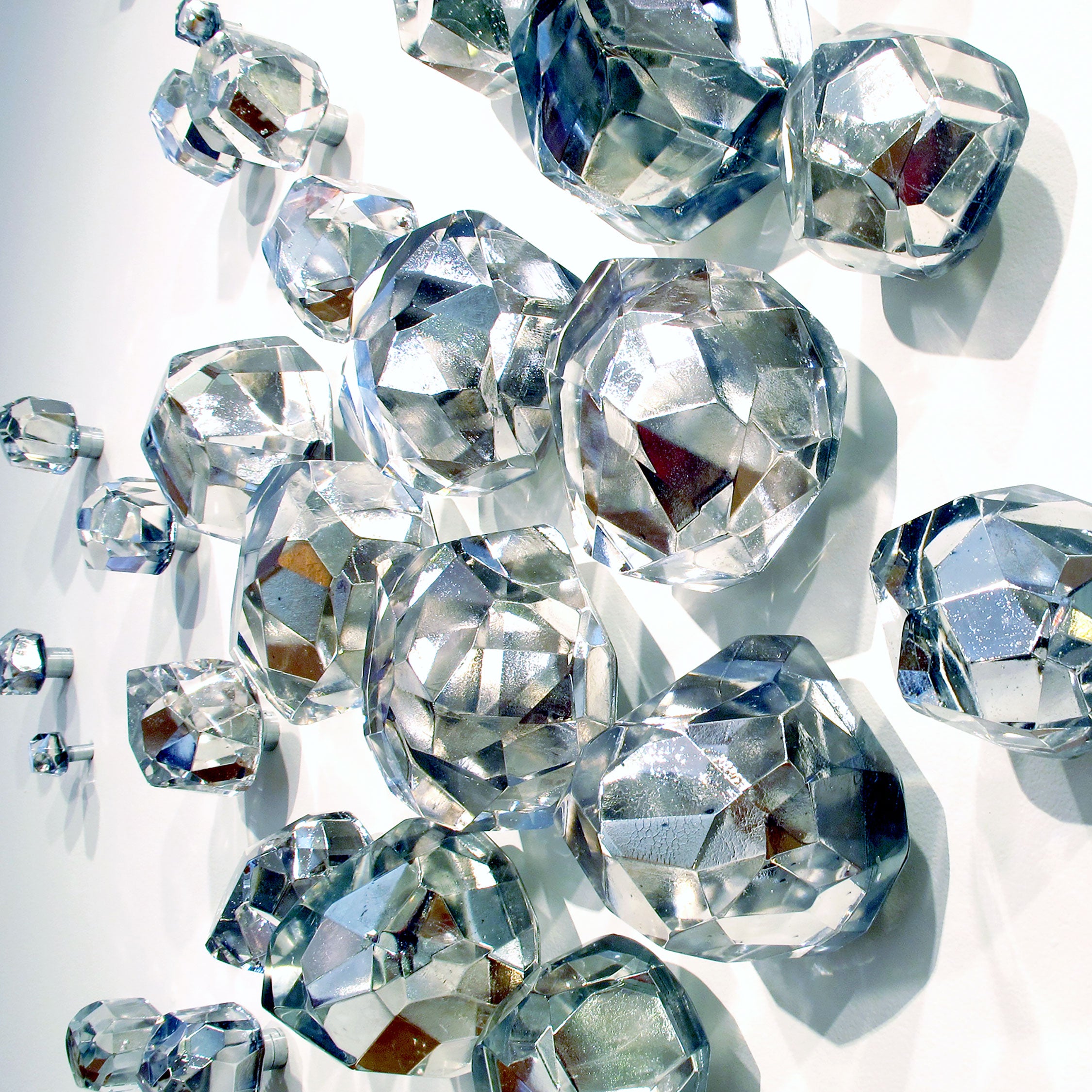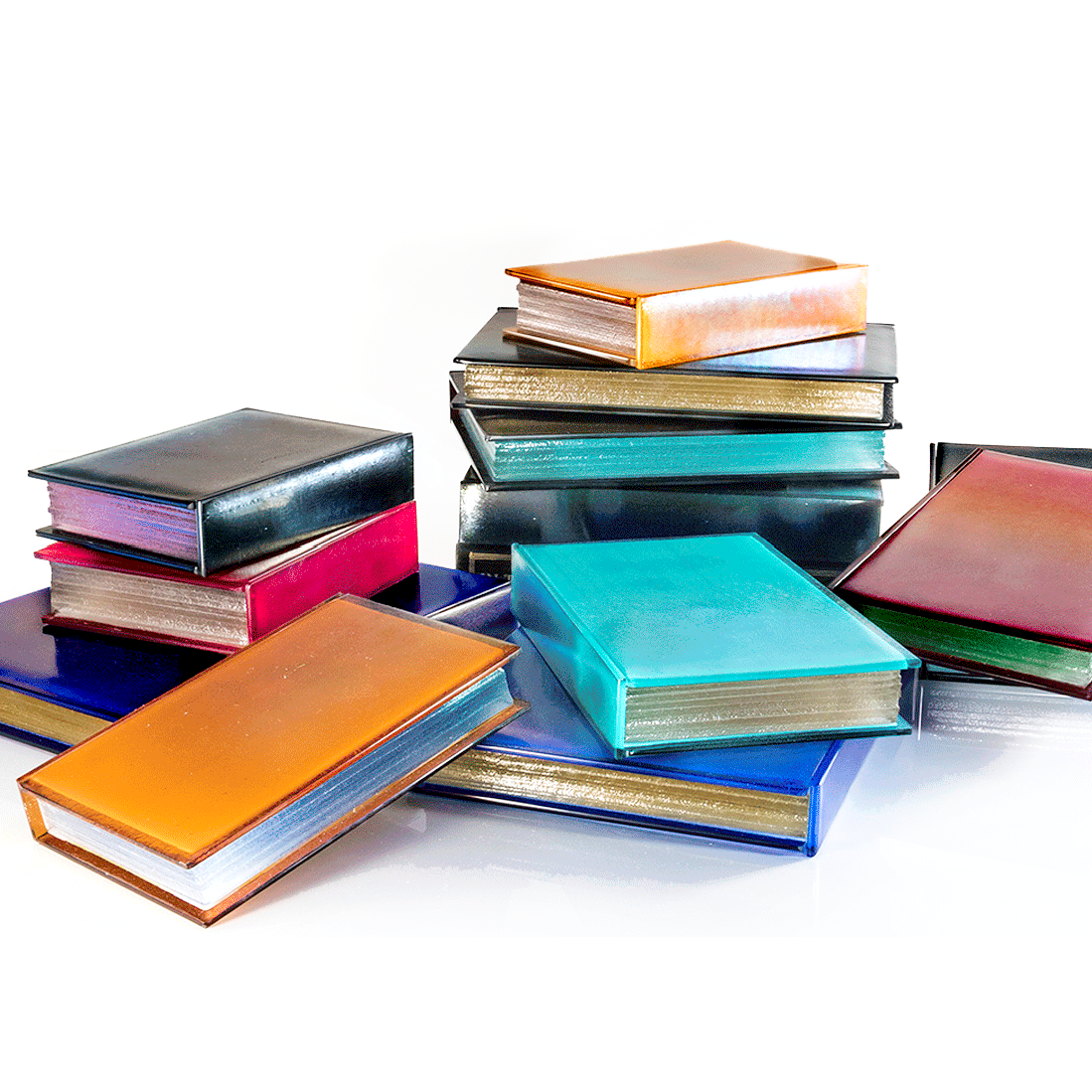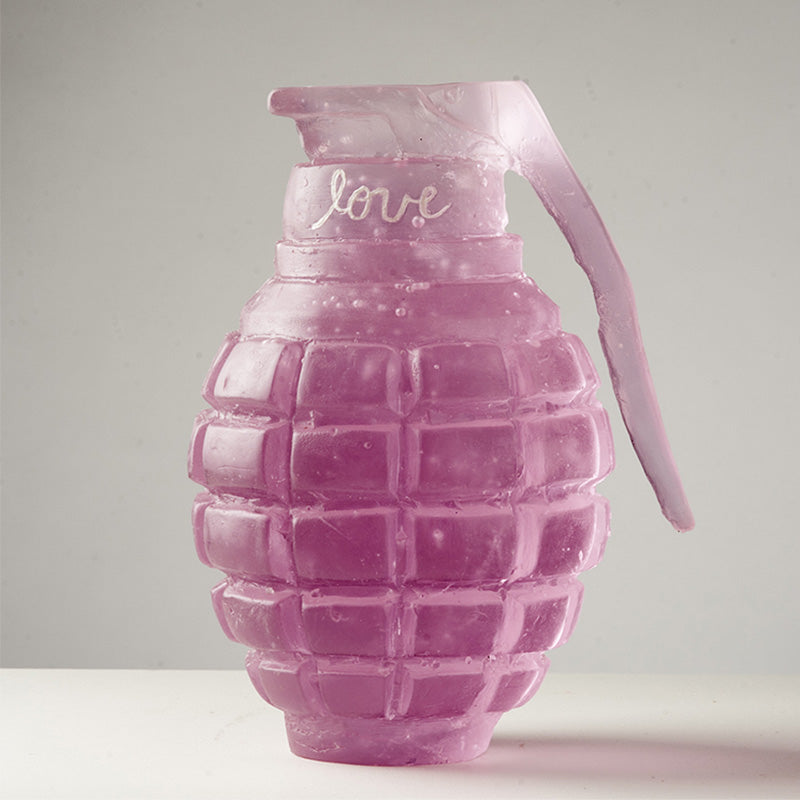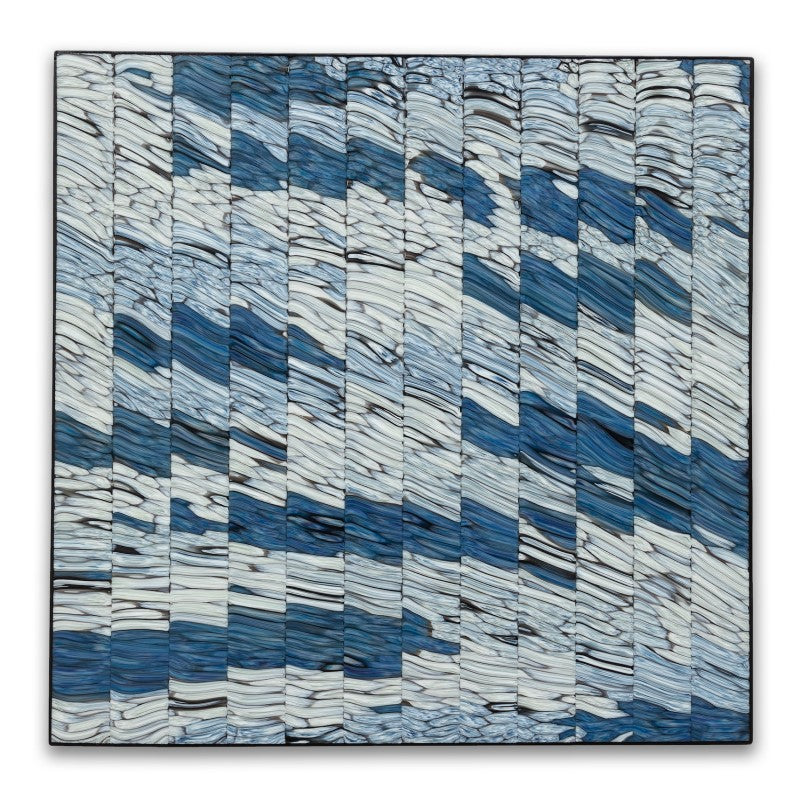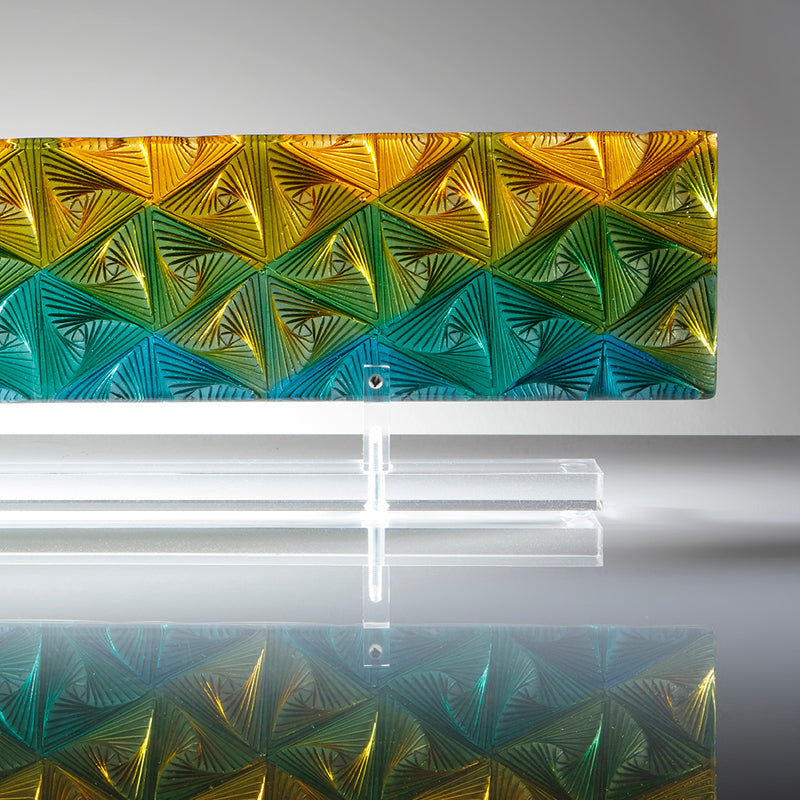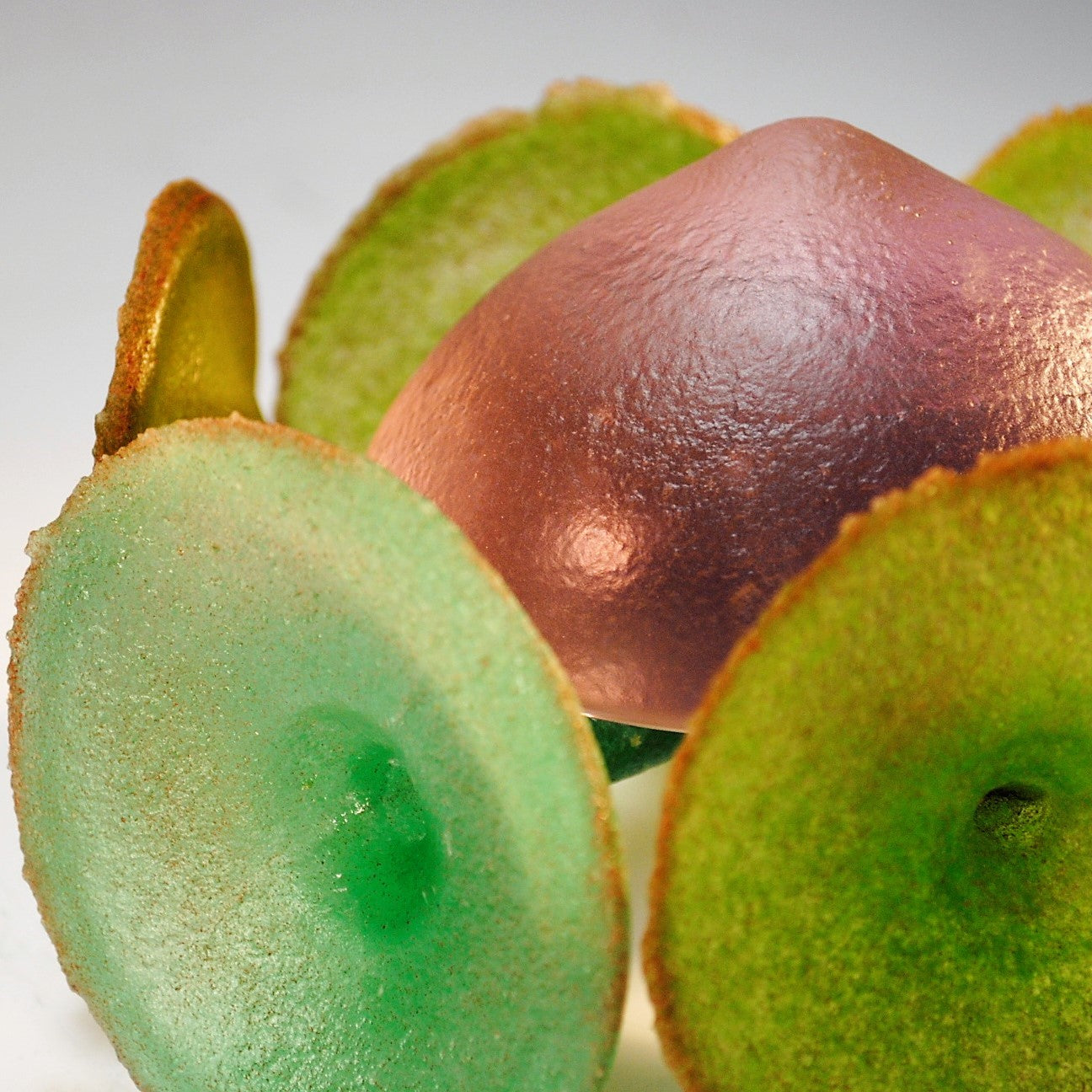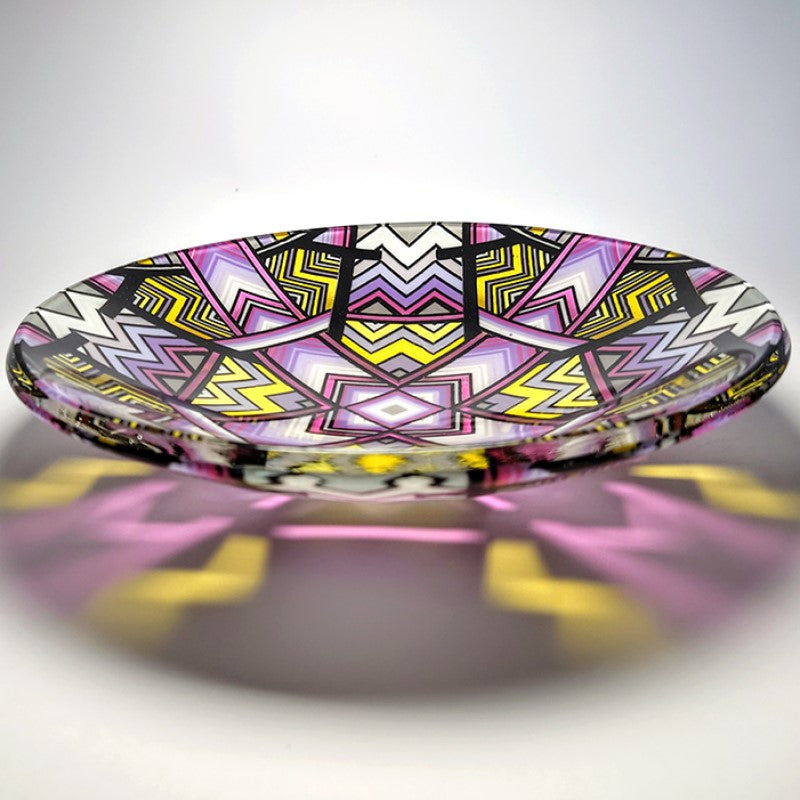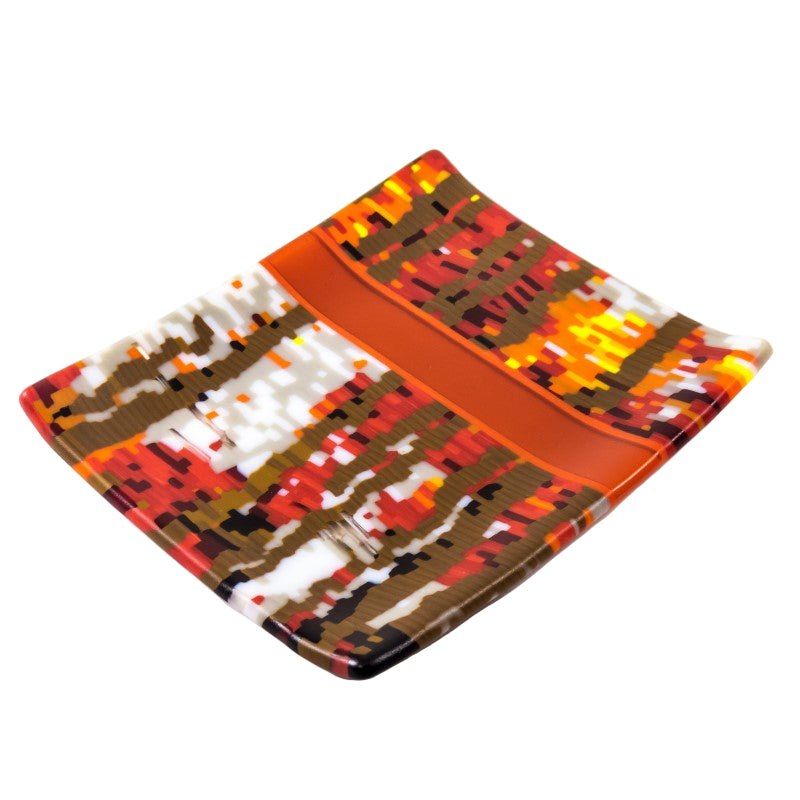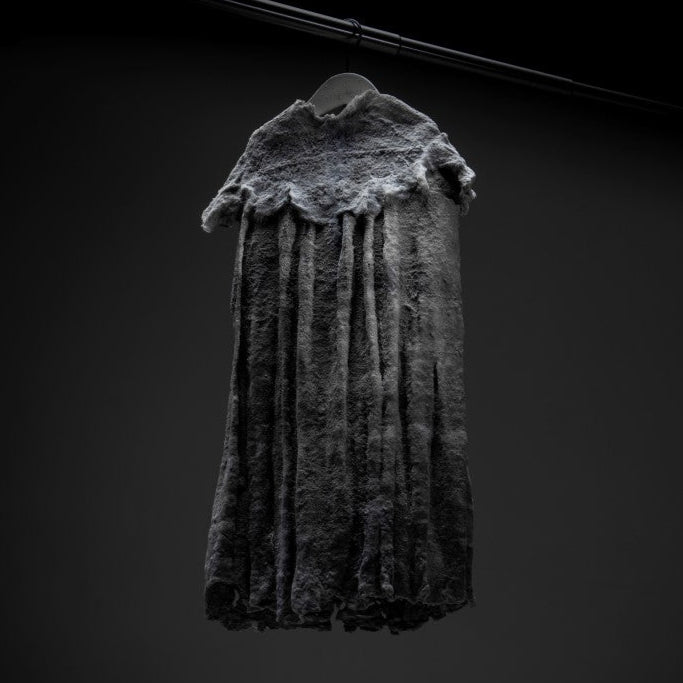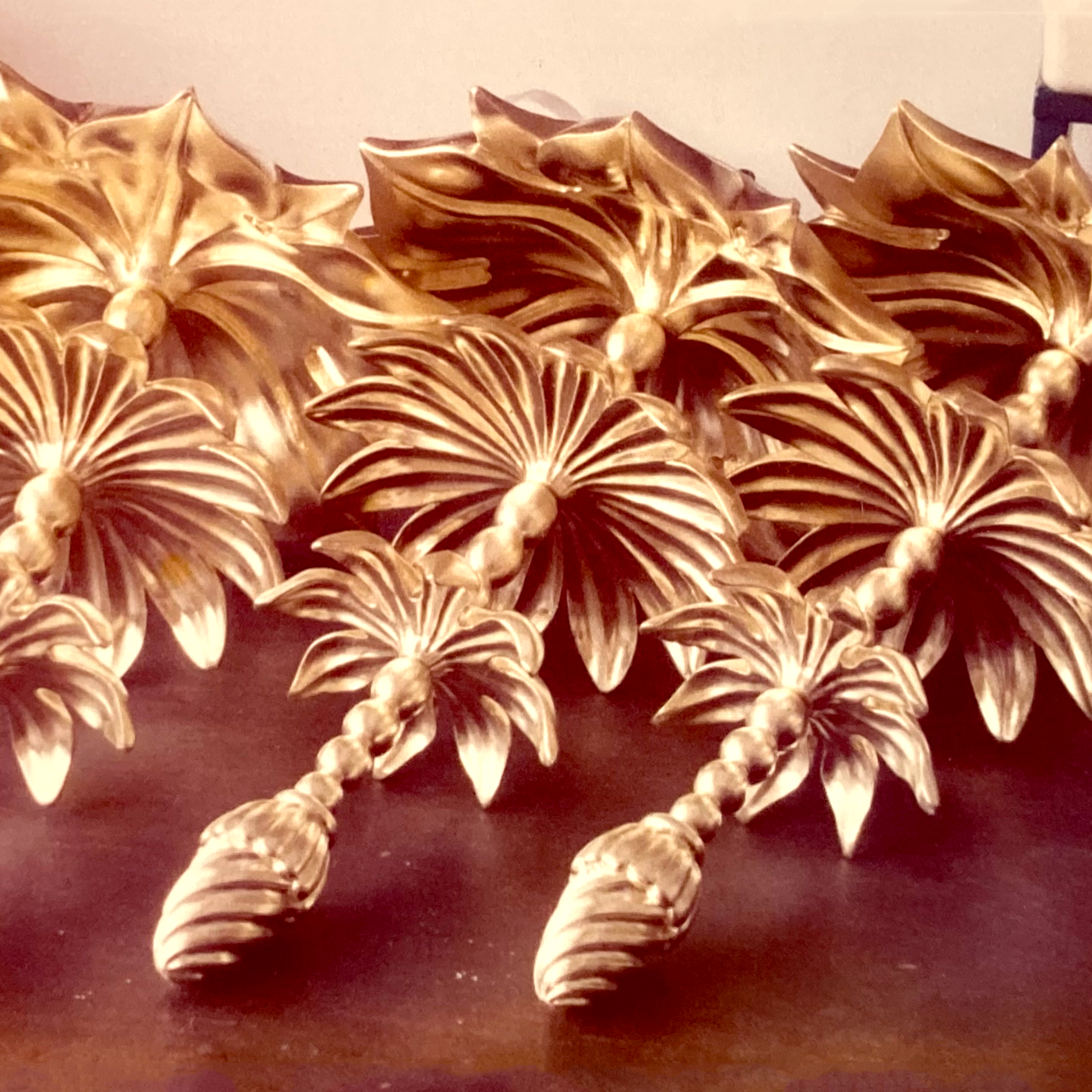
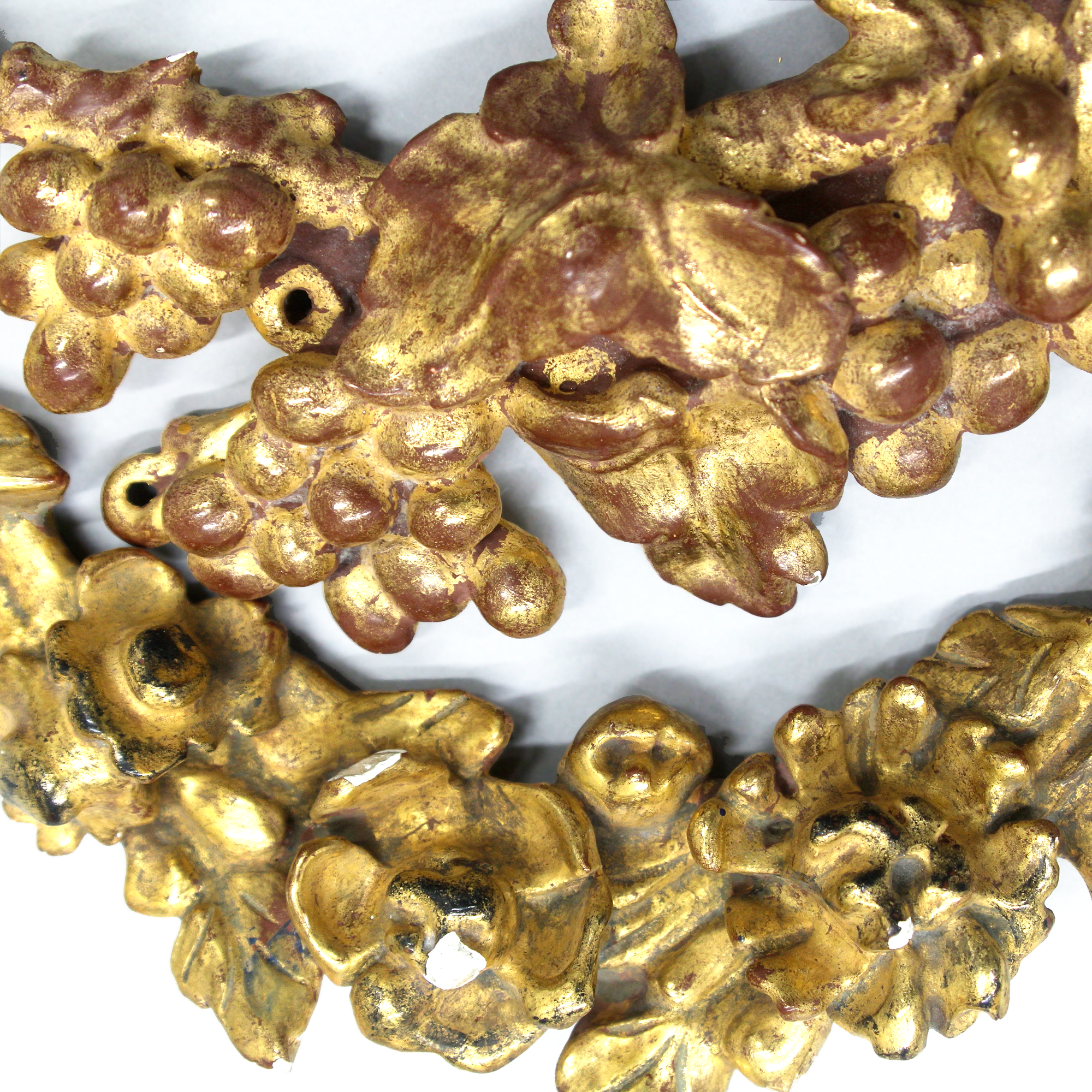
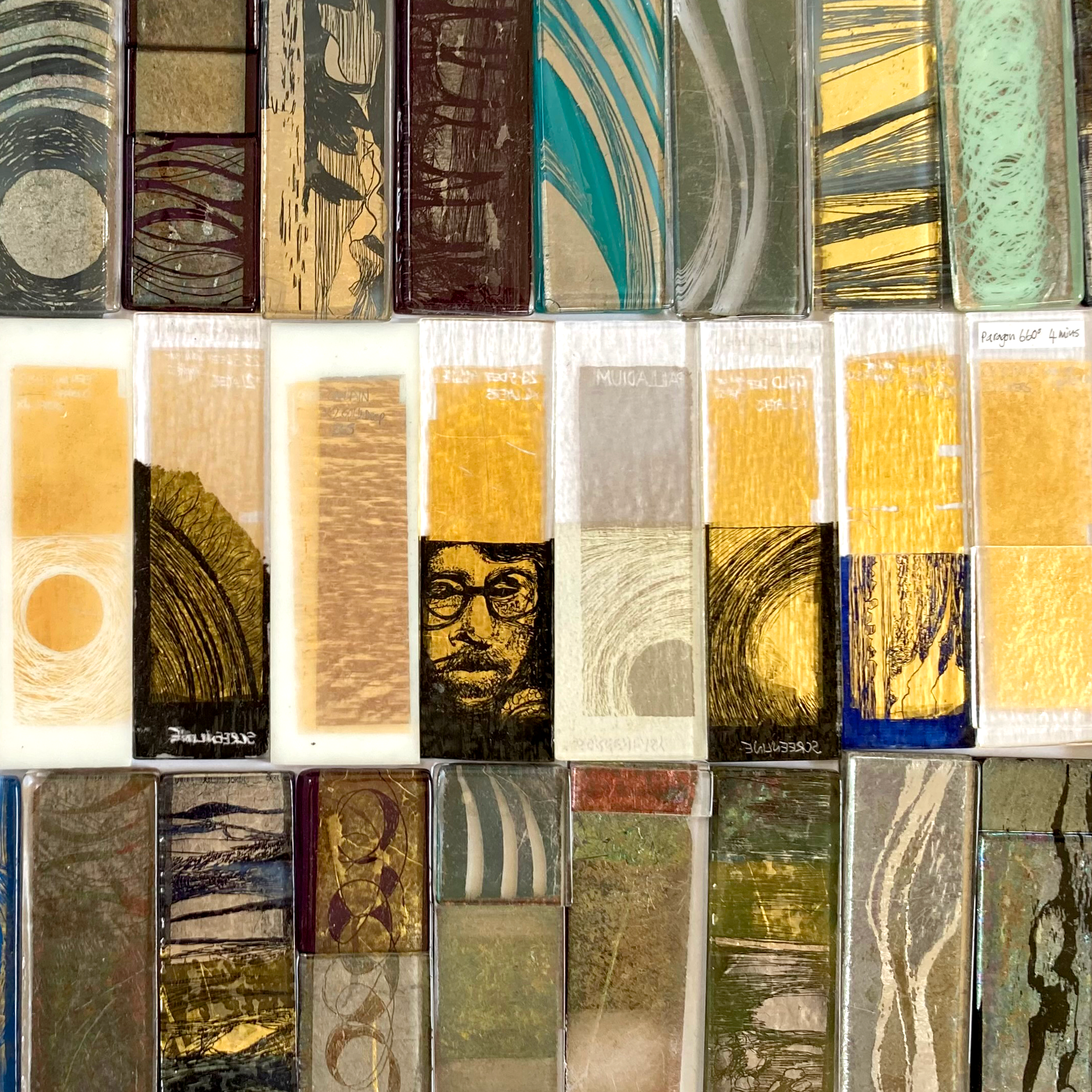
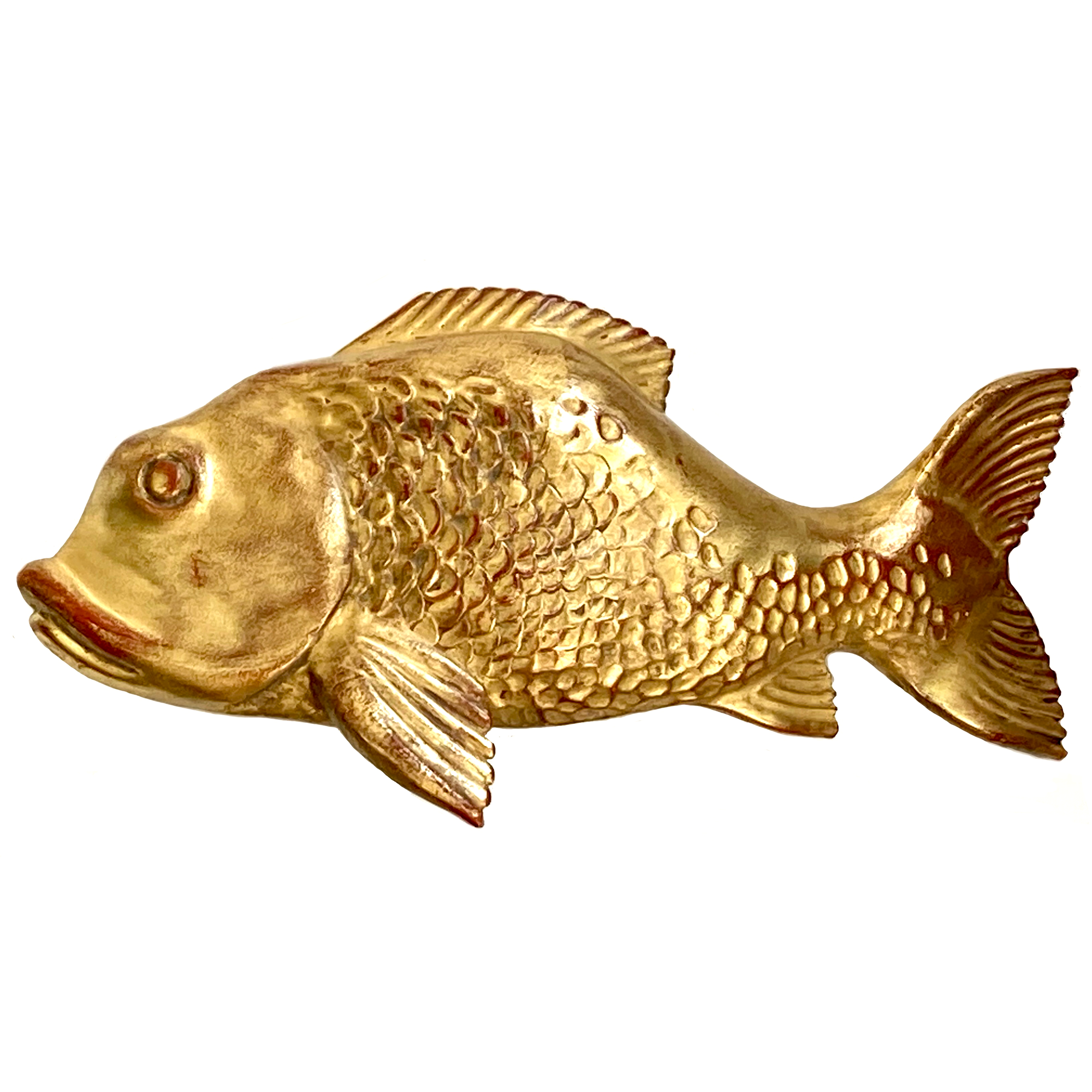
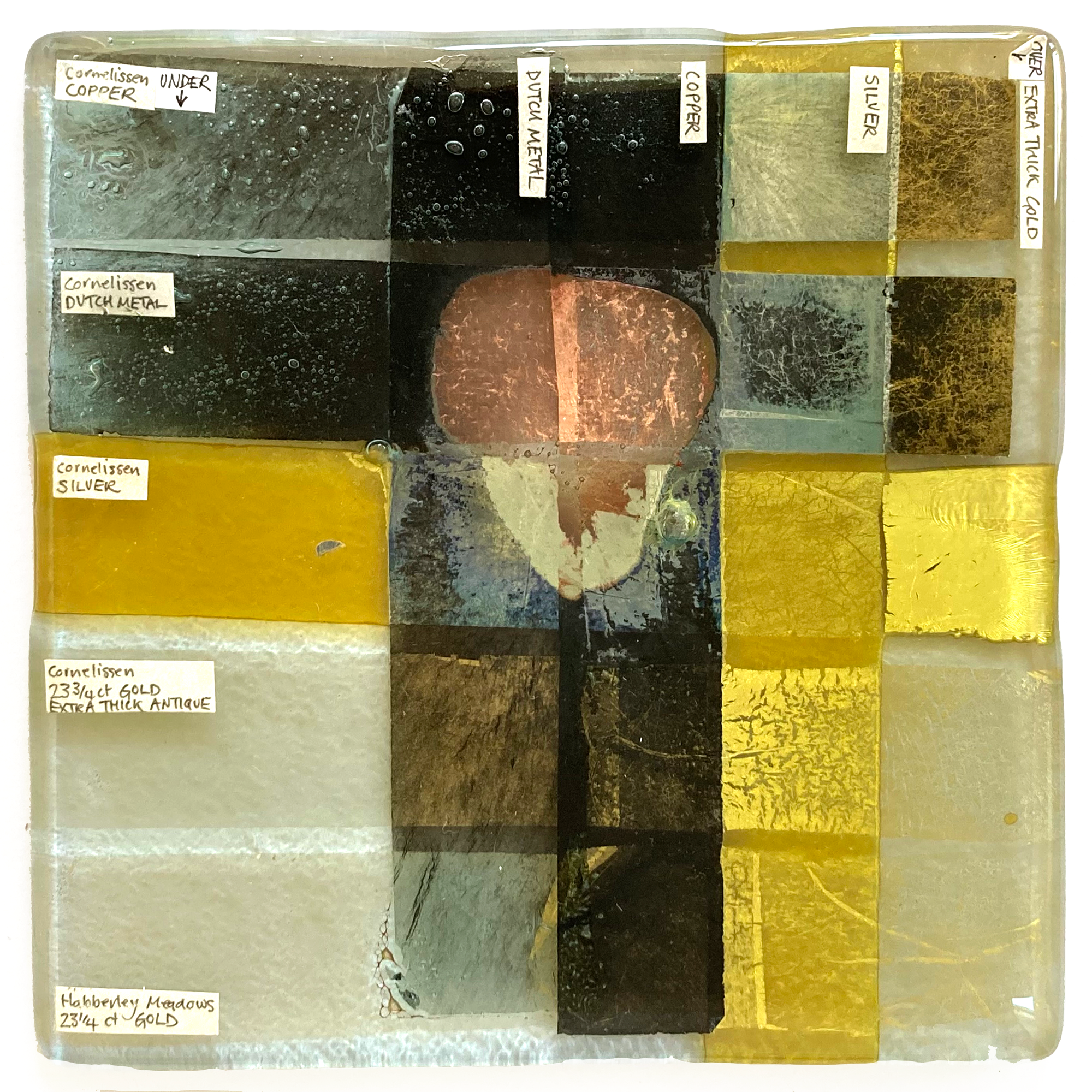
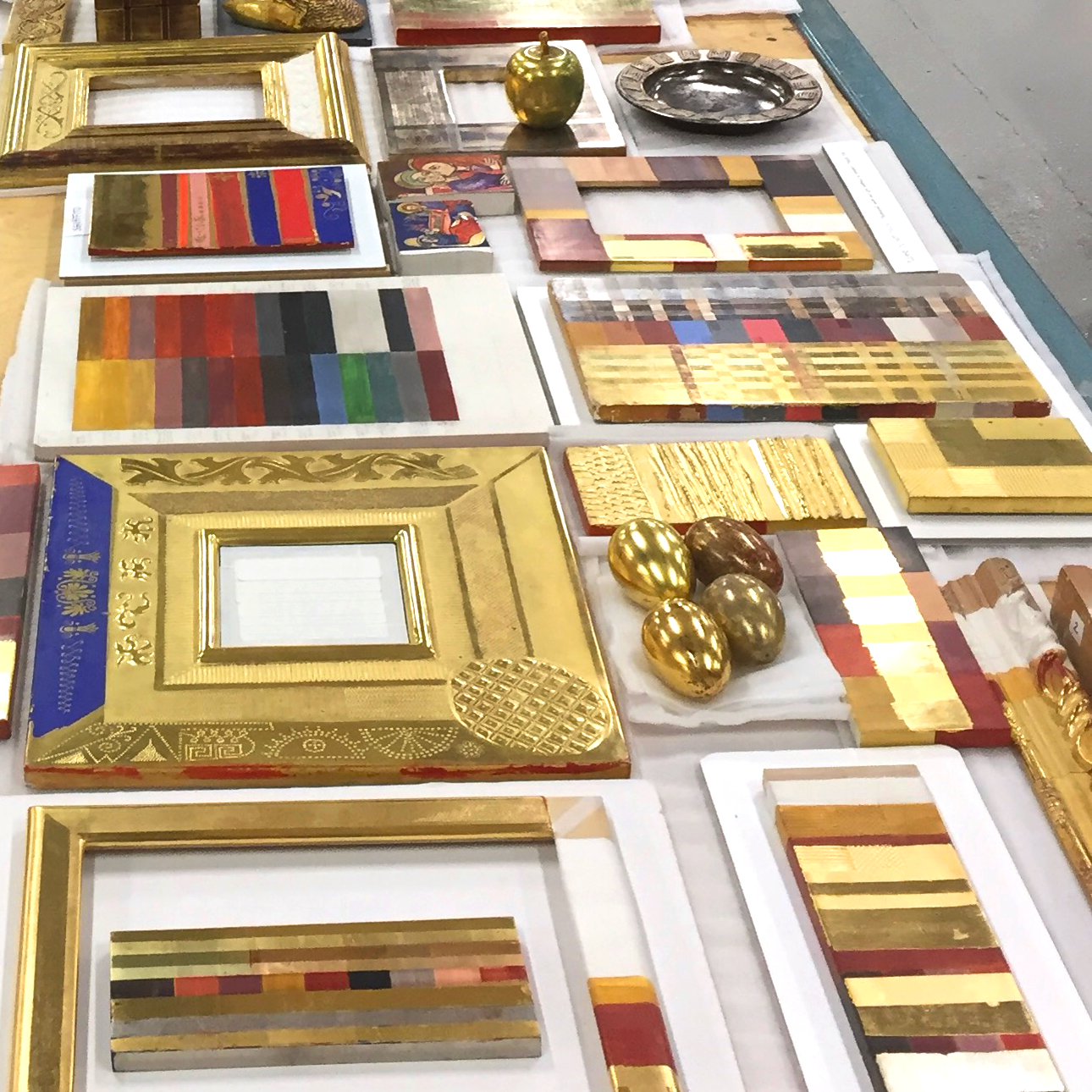
Judith Wetherall - Going for Gold! 50 Years of Gilding - Glass Talk - 14th November 2025 5:30PM
This is a live online talk, presented over Zoom.
Price inclusive of tax.
For countries exempt from paying UK and EU taxes, the correct price will be calculated at checkout upon entering a valid billing address.
Join Judith Wetherall as she reflects on highlights from her long and varied career as a gilding conservator and gilder. With decades of hands-on experience, Judy has worked on a wide array of gilded objects, forming deep connections with the original makers and their remarkable craftsmanship - connections that continue to inspire her own creative work.
Judy will present stories, insights, and examples from her conservation journey before diving into gilding materials and demonstrations of chosen practical gilding techniques helpful for glass working.
Judy's passion for gilding knows no bounds. Her work with historic gilded-glass (verre églomisé) conservation projects sparked a fascination with glass. Applying her extensive knowledge of period materials and techniques in other fields, she will share her gilded fused glass experiments, using precious metals in loose leaf form. Participants might then take the techniques forward in developing their glass practice: there are open-ended possibilities!
The tickets sold for this Glass Talk will contribute towards a donation to Heritage Crafts.
Session Times
How it works
- The talk is one live online session and you will receive a recording of the session for a week after it's taken place.
- Each of our talks is a standalone session; you do not need to have attended any previous talks
- A week before the talk, you will be granted access to the Zoom link within our learning platform.
- During the talk, you will be able to ask questions via the 'Chat' messaging facility. There will be time at the end for an open discussion. A member of the Glass School team will be online to help facilitate the talk.
What to prepare
- You will need a computer, tablet or phone with a camera and microphone in order to join the online classroom. If you are unfamiliar with using Zoom then please take some time to look at our guide, available in the navigation panel.
- You should have a reliable internet connection, fast enough to make video calls or stream videos
- Please read the Student Participation Agreement
- A pen and paper if you wish to take any notes.
- We restrict the participant number to 60 people
Inclusivity and refunds
We are committed to maintaining a respectful community where all our students can learn and develop their full potential, within a safe environment.
If you have a disability or any specific requirements, please do not hesitate to contact us prior to your lesson so we can accommodate you.
*Price excluding VAT is £12.50. The correct tax will be calculated at checkout based on your location.
Cancellations up to 2 weeks before the course receive a 90% refund, after that date, a 50% refund will be given up to one week prior to the course, and no refund is given for cancellations after this time. In order to keep class costs low for all, we make no exceptions to this policy. In order to cancel your place on the course please contact info@glass-school.co.uk


Past Glass Talks
